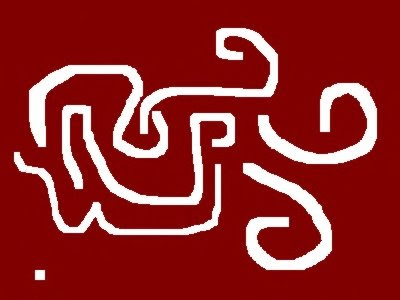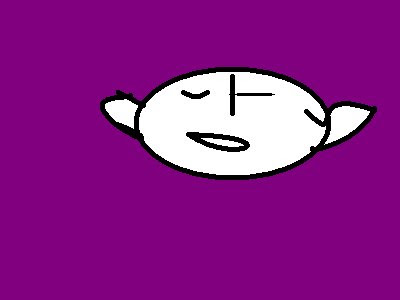For me, though, much of its charm rests with the old houses which have been preserved or simply left alone to survive in the area, creating a little pocket of the history of Australian architecture.

Many of the houses still display the intricate craftsmanship of the early woodworkers who displayed their talents in the details that were part of the design of so many of the early buildings.

The stained glass window, and the carved details at the top of the verandah posts and the picket fence are typical of many houses.
Much of the original architecture includes many pre-Federation and Art Deco buildings contributing to a charm rare in our time. Many of the old pubs are still there in the generally historic streetscape, despite a devastating fire in the centre in 1907.
There is a cinema that boasts art house films and a choice of theatre chairs or beanbags for patrons. In contrast, the newly extended Tweed River Art Gallery sits atop a hill just outside the town, its contemporary design still in harmony with the green surrounds.

This little beauty of a similar era survives because it has become a health centre.

More detail in the woodwork - hearts this time - and again, stained glass is featured here.
Mount Warning, the plug of an extinct volcano towers over Murwillumbah, and it's now surrounded with land twisted into interesting shapes by its former fiery activity.
Bundjalung Aborigines thrived in this haven prior to European settlement. The town was first surveyed in 1872.
Cedar getters provided the first industry in the 1840s, but the human influence is more benign today. The highway and railway line have abandoned the town, leaving a more peaceful environment where artists thrive, cafes and restaurants abound and small businesses concentrate on providing good old fashioned service.
Murwillumbah is still the seat of Tweed Shire Local Government with the Civic and Cultural Centre situated in Tumbulgum Road. The locals affectionately call it Mur-bah.

Many early Australian houses used extensive verandahs to shield occupants from the searing summer sun, and 'bullnose' roofs were common.

They often featured 'iron lace' - a big feature of early housing in Sydney. I suspect that the lace in this restored home in Murwillumbah may not be the genuine article.
I was only in the town briefly yesterday but I'll be back for a more leisurely visit soon - camera in hand.
















































